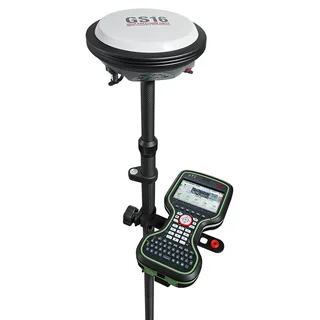As global demand for food continues to grow, the agricultural industry is under pressure to increase efficiency, reduce costs, and minimize environmental impact. One of the key technologies revolutionizing modern farming is gnss—Global Navigation Satellite Systems. In this article, we are exploring GNSS for precision agriculture and farming, and how it is transforming traditional practices into highly optimized operations.
What is GNSS?
GNSS refers to a network of satellites that transmit signals used for positioning and navigation. Systems such as GPS (United States), GLONASS (Russia), Galileo (European Union), and BeiDou (China) fall under this category. When used in agriculture, GNSS provides real-time location data that enables farmers to manage fields with a high degree of accuracy.
Applications of GNSS in Precision Agriculture
1. Automated Machine Guidance
One of the most widespread uses of GNSS in agriculture is for guiding tractors and other farm machinery. With GNSS-enabled auto-steering systems, machines can follow precise paths across the field, minimizing overlaps and missed spots. This results in reduced fuel use, labor costs, and time.
2. Variable Rate Application (VRA)
By exploring GNSS for precision agriculture and farming, farmers can implement Variable Rate Technology to apply fertilizers, pesticides, and seeds only where needed. GNSS ensures that the application maps are followed precisely, increasing efficiency and reducing waste.
3. Field Mapping and Soil Sampling
GNSS is used to create accurate maps of soil types, moisture levels, and crop yields. With precise coordinates, farmers can return to exact locations for sampling or treatment, improving long-term crop health and soil management strategies.
Benefits of Using GNSS in Farming
- Increased Yield: With accurate field data, farmers can make better decisions to boost productivity.
- Cost Efficiency: Reducing input waste and optimizing machinery usage lowers operational costs.
- Sustainability: Precision application of chemicals and fertilizers helps protect the environment.
Challenges and Considerations
While exploring GNSS for precision agriculture and farming, it’s essential to consider factors such as signal availability, subscription costs for high-accuracy services (like RTK), and the need for operator training. However, advancements in technology are rapidly making these tools more accessible to farms of all sizes.
Conclusion
As this article shows, exploring GNSS for precision agriculture and farming opens the door to a future where farming is more efficient, cost-effective, and sustainable. By integrating GNSS technology, farmers gain the ability to make informed, data-driven decisions that not only improve productivity but also preserve natural resources for future generations.

